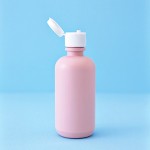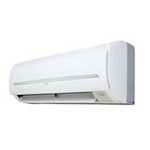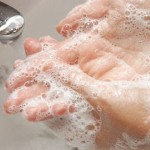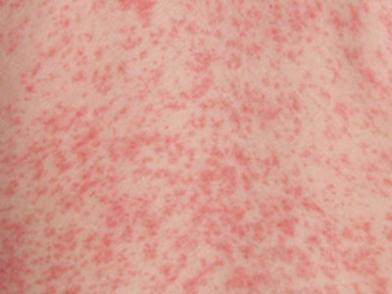Prickly heat rash generally refers to skin problems that normally arise during too much severe heat exposure. This skin condition is also refer us prickly heat and or miliaria. This is normally seen in people who live in humid climates and this may get worse during summer months.
Babies are not the only ones affected by prickly heat, adults can also have this particularly those who work actively under the sun since heat rash develops when the skin sweat ducts are closed and sweat particles are trapped.
Symptoms of prickly heat may be bothersome to some especially when it becomes too itchy. When soreness develops, medical care is recommended. However, mild forms may not require medication.
What are the symptoms of prickly heat rash?
In infants, prickly heat is often found in the chest, shoulders and neck. It can also be found in armpits and groin while in adults, prickly heat are often seen at the back, chest and other areas where clothes may cause friction.
Prickly heat or miliaria has three types. The three types are:
- Miliaria Crystallina
- Miliaria Rubra
- Miliaria Profunda
These classifications are made depending on the location of the sweat ducts that are blocked. The symptoms of each category also vary.
Here are the types of prickly heat and their specific symptoms:
Miliaria crystallina is the mildest form of prickly heat. It mostly affects the outer layer of the skin. The general symptoms of miliaria crystallina may include:
- Small bumps and blisters that usually break easily
- The rash is not prickly and may heal on its own. This is very common to babies but adults can also have this especially those living in tropical places.
Miliaria Rubra affects the epidermis. This is often prickly that adults may feel it bothersome. Some of the symptoms of miliaria Rubra are:
- Bumps
- Itchy feeling
- There is minimal sweating in the location where bumps appear.
- This type of prickly heat may appear in infants during the first three weeks after being born. Adults may have this if they stay long in hot places or if they are under bed rest.
Miliaria Profunda affects the dermis, the outer part of the skin and it is not considered a typical form of heat rash. It does not affect infants, adults are more prone to develop this after going to exercises or any other activities that may result to severe sweating. Some of the symptoms related to miliaria profunda are:
- Bumps that appear firm and may look like goose bumps
- Lack of perspiration that may result to symptoms of heat stroke like rapid pulse rate, nausea and dizziness.
Prickly heat may just heal on its own but if the bumps become inflamed, you may consider visiting your doctor.
What are the causes of prickly heat rash?
Prickly heat develops when the sweat ducts in the skin are blocked. Instead of the sweat to evaporate, it is trapped under the skin thus resulting to inflammation. The exact cause why the sweat ducts are blocked is not really known but there are some factors that play may a major role. Some of the possible causes of prickly heat may include:
- Sweat ducts are not yet fully developed. This usually happens to newborn infants since their sweat ducts are not yet mature.
- People living in places with hot weather are more susceptible in developing prickly heat.
- Activities that may lead you to sweat profusely
- Clothes that blocked perspiration to evaporate
- Medications for bladder problems and ADHD are found to have links with prickly heat rash.
- Use of overheating like electric blanket for a long time may result to prickly heat.
What are the treatments of prickly heat rash?
Mild prickly heat rash can heal on its own and do not necessarily require treatment. For severe heat rash, some treatments are:
1. Calamine lotion
 Calamine lotion is recommended to relief itching that are related to prickly heat.
Calamine lotion is recommended to relief itching that are related to prickly heat.
Â
Â
    Â
2. Wear comfortable and light clothes
 Wearing comfortable and light clothes may allow your perspiration to evaporate normally thus avoiding your skin to breathe.
Wearing comfortable and light clothes may allow your perspiration to evaporate normally thus avoiding your skin to breathe.
Â
          Â
3. Stay in cool places
 Staying in cool places and avoiding hot places is good for your skin if you have heat rash. When the skin is in cold temperature, your prickly heat may tend to disappear easily.
Staying in cool places and avoiding hot places is good for your skin if you have heat rash. When the skin is in cold temperature, your prickly heat may tend to disappear easily.
Â
          Â
4. Use mild soap
 Use mild and non-irritating soap without strong fragrances is recommended. Too harsh soaps may irritate your heat rash.
Use mild and non-irritating soap without strong fragrances is recommended. Too harsh soaps may irritate your heat rash.
Prickly heat is not serious and may heal on its own. Just avoid scratching to avoid infection. You may visit your healthcare provider if your prickly heat does not heal on its own.
